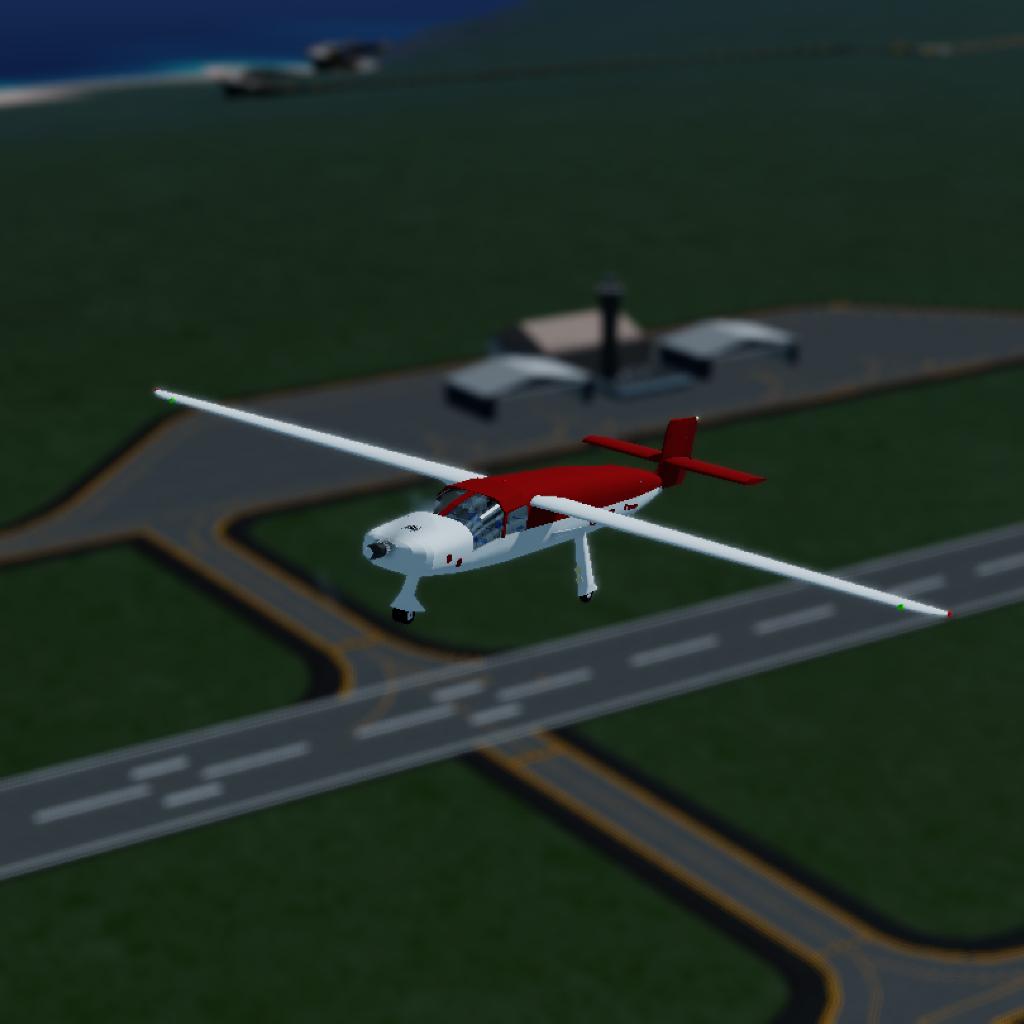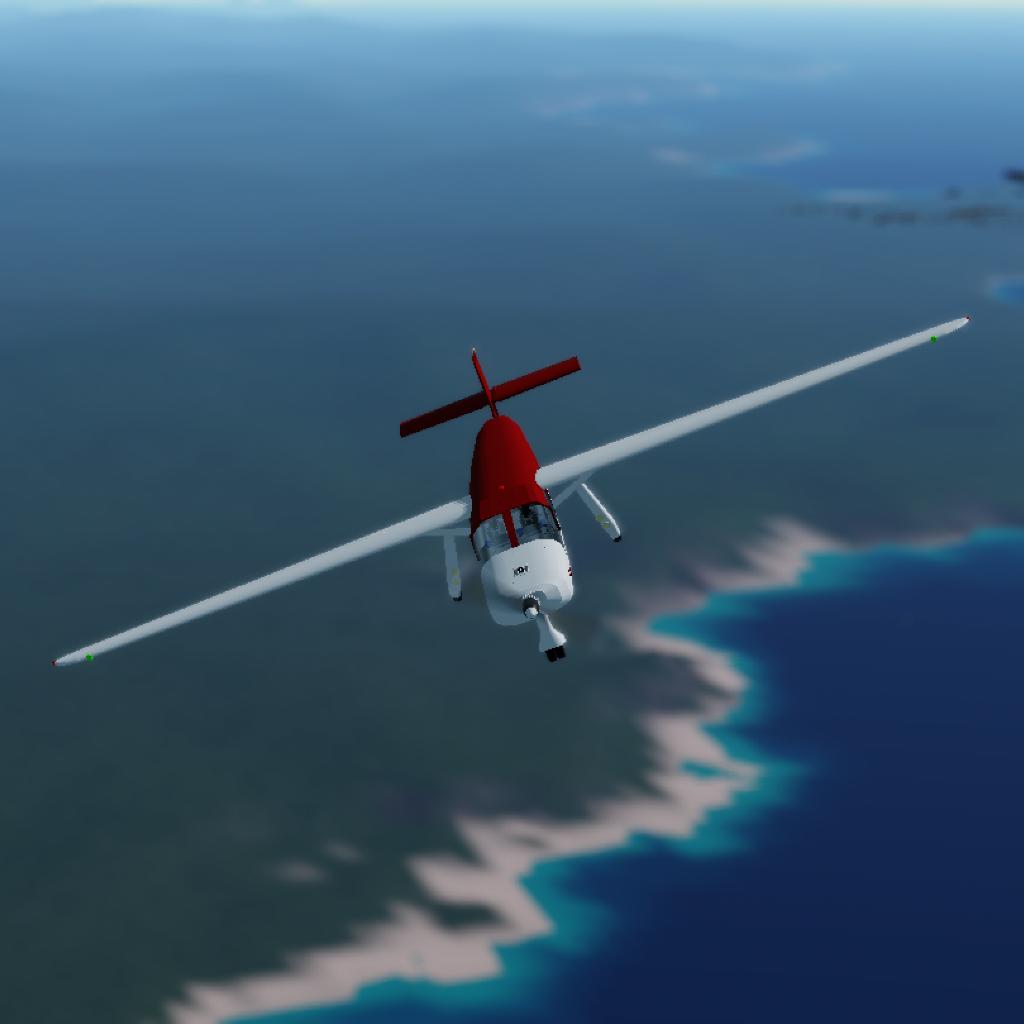Origins of the Jules Aerospace JA-10 Prop Plane
Background
In the late 1990s, Jules Aerospace, a pioneering company in the aviation industry, identified a gap in the market for a versatile, robust, and reliable propeller-driven aircraft that could serve both private and commercial needs. Inspired by the success of the Cessna 208 Caravan, Jules Aerospace set out to design an aircraft capable of carrying a small group of passengers or cargo to remote and challenging locations with limited runway facilities.
Design and Development
The design and development of the JA-10 began in 1998, led by a team of experienced aerospace engineers. The project aimed to combine the proven design principles of the Cessna 208 with modern technology to produce an aircraft that could meet the demands of the new millennium.
Key Design Features:
High Wing Configuration:
- The high wing design was chosen for its excellent ground clearance, beneficial for operations in rugged and uneven terrains. This configuration also provides superior downward visibility for both the pilot and passengers, enhancing situational awareness and safety.
Single Engine:
- A powerful and reliable single engine was selected to power the JA-10. The chosen engine was capable of supporting the aircraft's 6-ton weight while ensuring fuel efficiency and ease of maintenance.
Passenger and Cargo Capacity:
- The cabin of the JA-10 was designed to comfortably seat six passengers, including the pilot. The layout optimized space and comfort, making it suitable for both short and long-haul flights. Additionally, a storage compartment was located at the rear of the aircraft, providing ample space for luggage and cargo. This made the JA-10 versatile for both passenger transport and cargo operations.
High Aspect Ratio Wings:
- The wings of the JA-10 featured a high aspect ratio, improving aerodynamic efficiency and providing a better lift-to-drag ratio. This design feature contributed to the aircraft's impressive range and fuel efficiency, making it suitable for various flight conditions and distances.
Powerful Propeller:
- The JA-10 was equipped with a large and powerful propeller, specifically designed to handle the aircraft's substantial weight and ensure optimal performance. The propeller's design allowed for efficient thrust generation, contributing to the aircraft's overall stability and performance.
Non-Retractable Landing Gear:
- To simplify maintenance and enhance durability, the JA-10 was fitted with non-retractable landing gear. This design choice was particularly inspired by the Cessna 208, known for its ruggedness and reliability in remote and harsh environments.
Propeller Braking System:
- One innovative feature of the JA-10 was the incorporation of a braking system in the propeller. This system allowed for better control during landing and taxiing, reducing the stopping distance and enhancing overall safety. The braking system was designed to provide the pilot with additional means of managing the aircraft's speed, particularly useful in short or unpaved runways.
STOL Capability:
- The JA-10 was designed with Short Takeoff and Landing (STOL) capability, allowing it to operate from very short runways. This capability was achieved through a combination of high lift devices on the wings, such as flaps and slats, and the powerful engine and propeller configuration. This feature made the JA-10 exceptionally versatile and suitable for operations in remote and undeveloped areas with limited runway infrastructure.
Production and Operational History
After rigorous testing and certification, the JA-10 entered production in early 2001. Its robust design and reliable performance quickly made it a favorite among private pilots, charter companies, and small airlines operating in remote regions. The aircraft's ability to take off and land on short and unpaved runways made it an ideal choice for operations in challenging terrains and underdeveloped areas.
Legacy
The Jules Aerospace JA-10 prop plane became a symbol of innovation and practicality in the aviation industry. Its combination of powerful performance, versatility, and reliability has earned it a respected place in the aviation community. The JA-10 continues to serve a wide range of operators around the world, demonstrating the enduring value of its design and engineering.
Controls:
Engine: Ag1
Doors: Ag2
Storage: ag3
Navigation lights: ag4
Taxi lights: ag5
Beacon lights: ag6
Interior light: ag7
Landing lights: ag8









